
Northpass is now Gainsight Customer Education.
For all of the latest on our customer onboarding and training solutions, check out Skilljar by Gainsight.
A Guide to End User Training Best Practices
Ready to Rumble? Let's Find Your LMS.
Download this Customer Education RFP to find the perfect LMS to power your program.

.png?width=3251&height=1107&name=NP_ByGS_ColorLogo%20(1).png)
